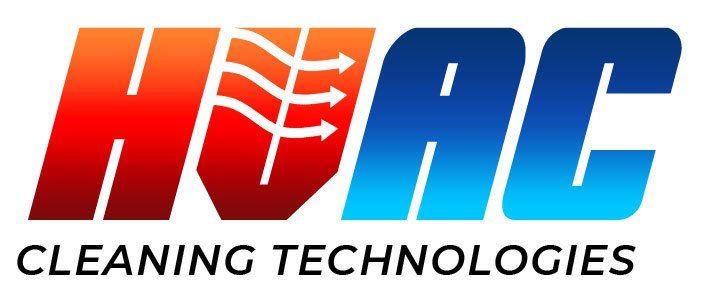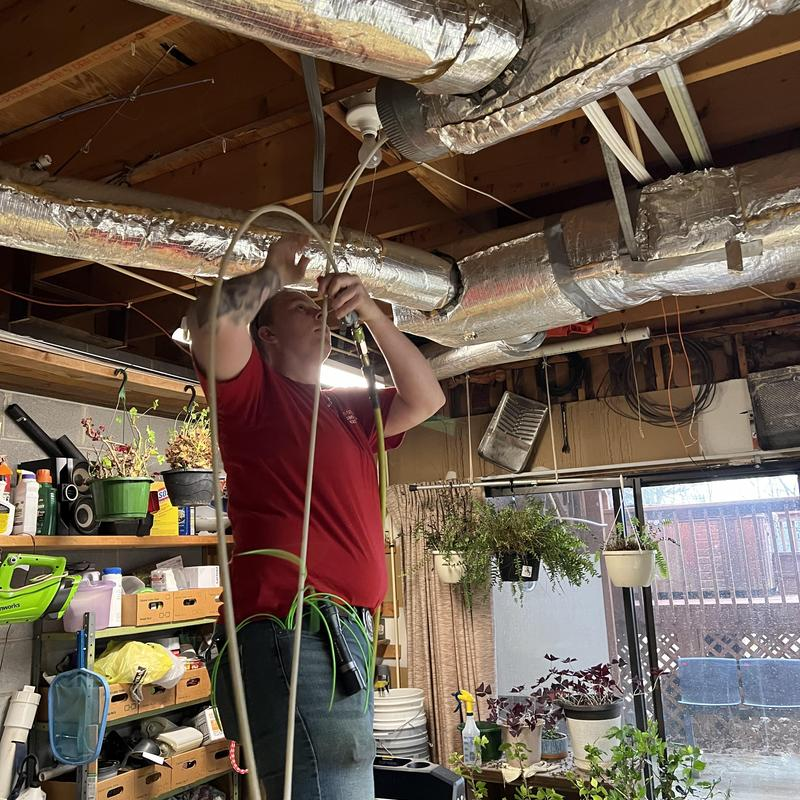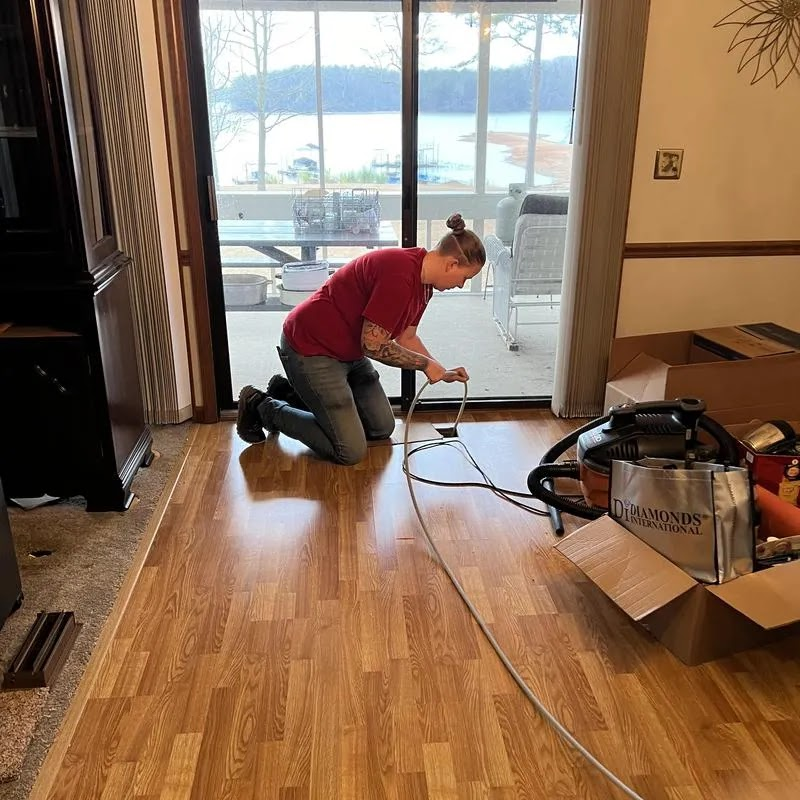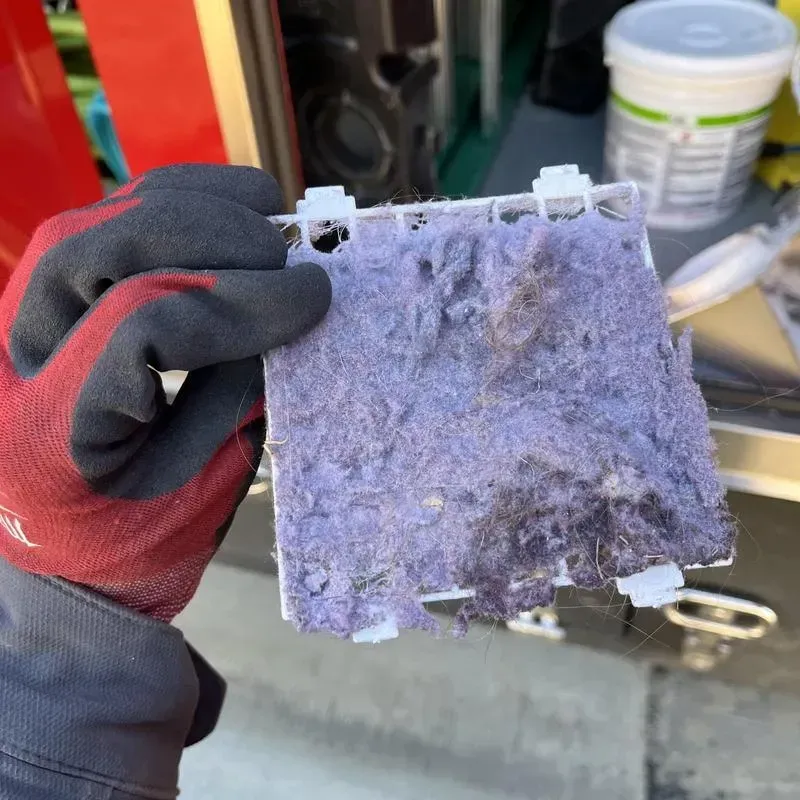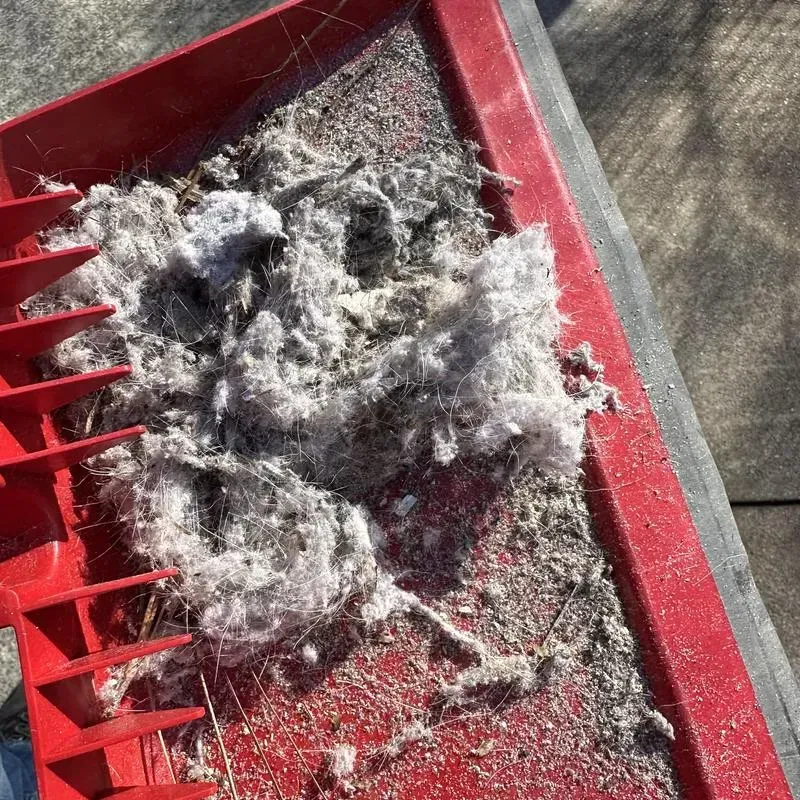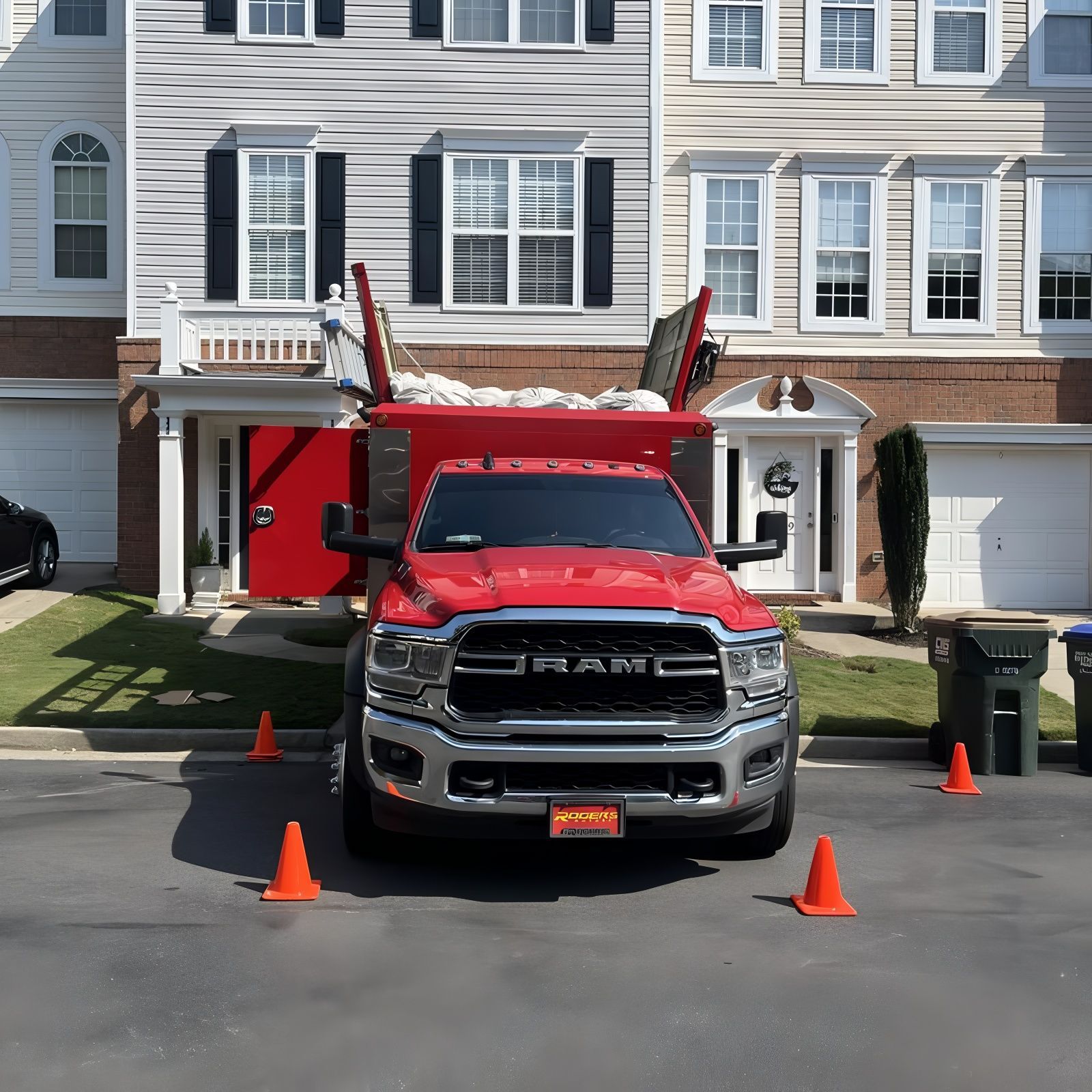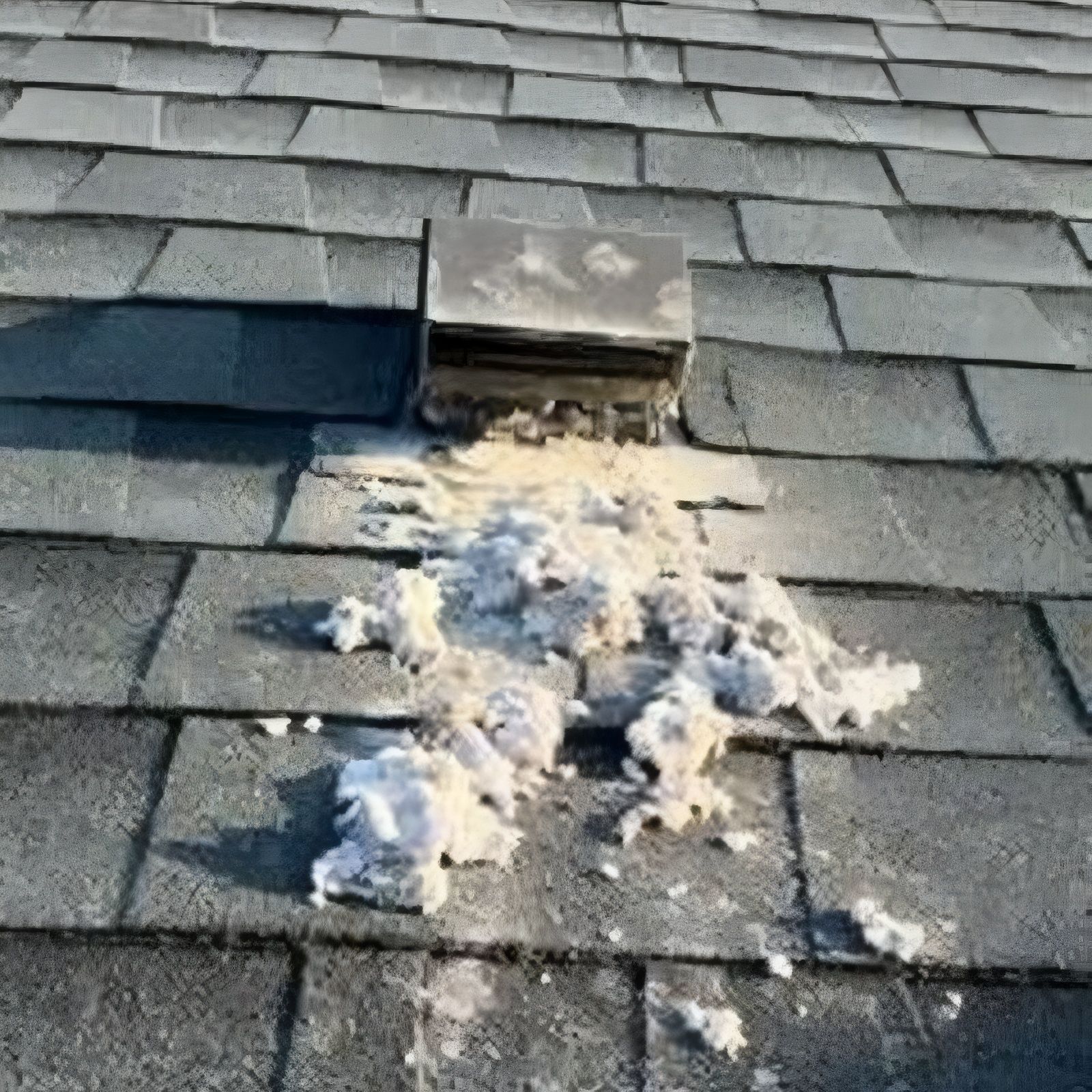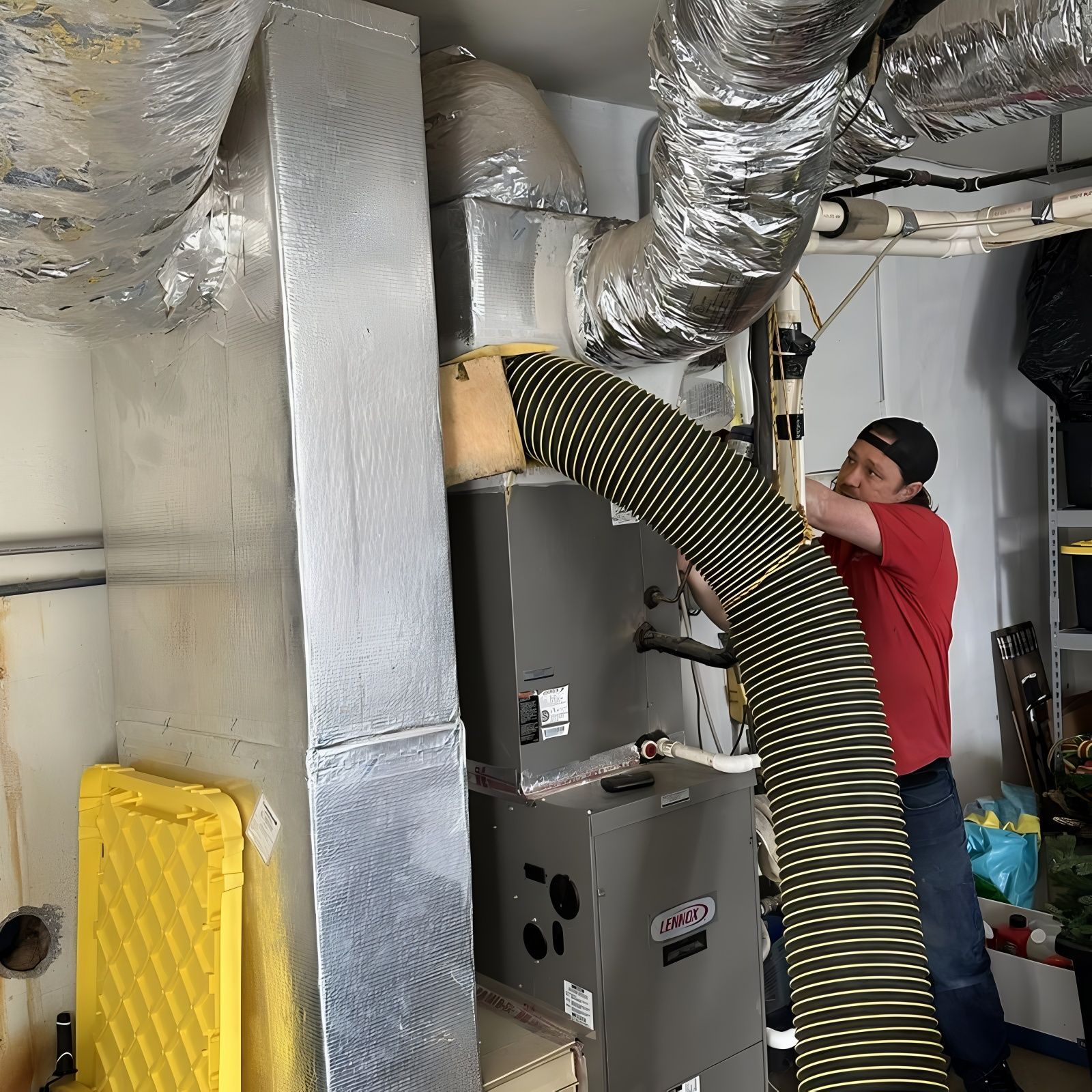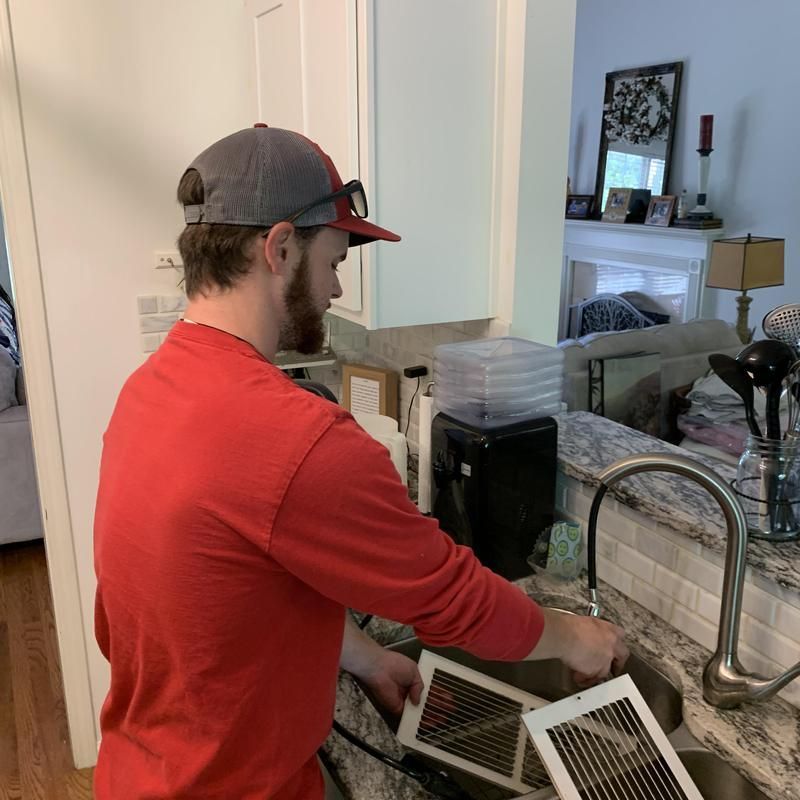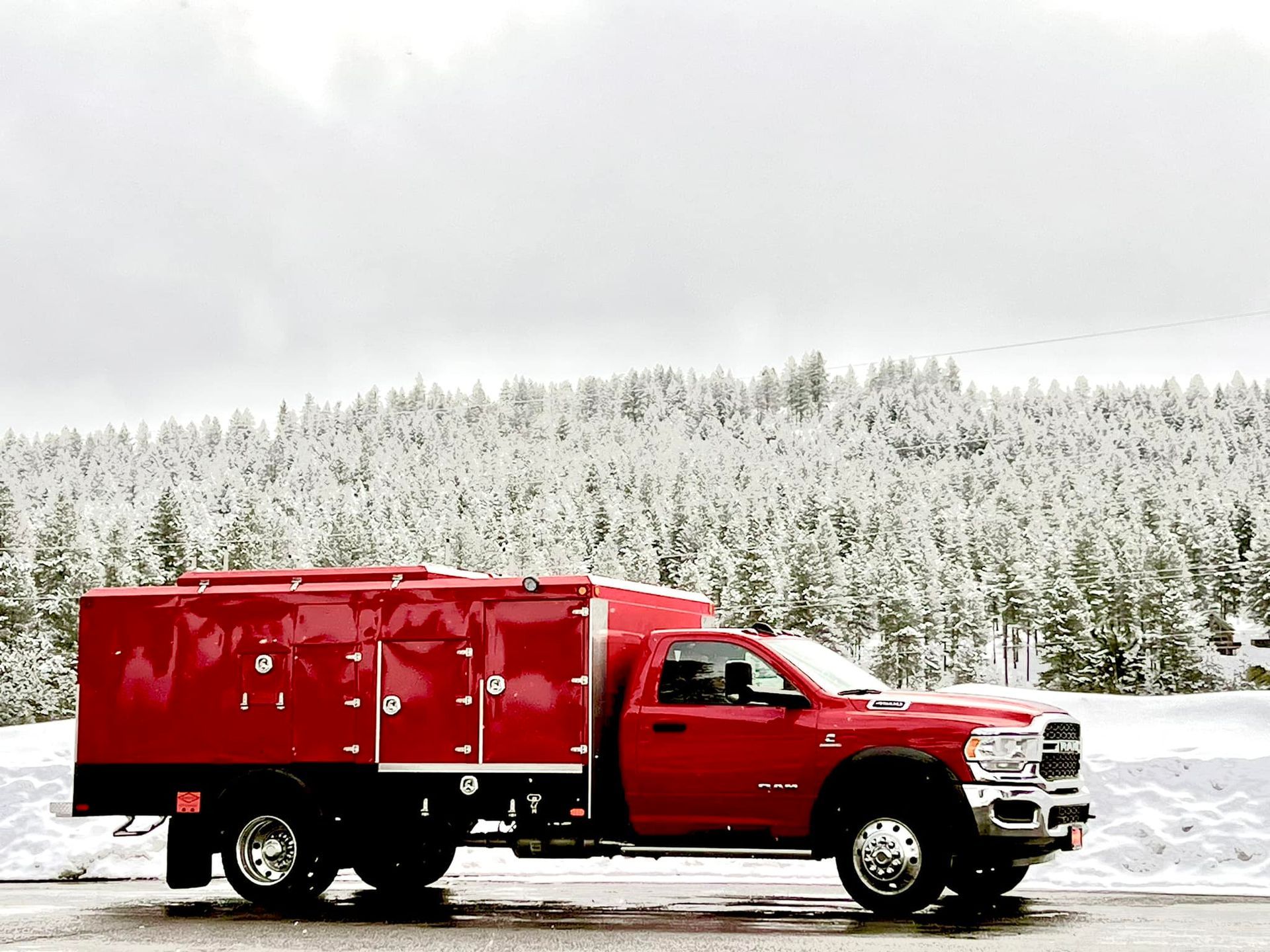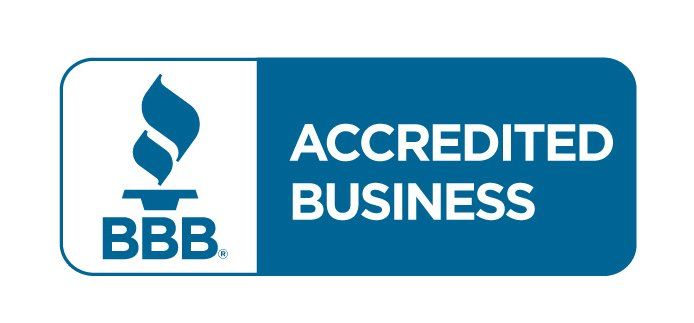Breathe Easy: Your Guide to Lasting Freshness After Air Duct Cleaning
Getting your air ducts professionally cleaned and your HVAC system restored is like hitting a reset button for your home's air. But to truly keep that fresh start going, you'll want to tackle any lingering dust, smells, or moisture.
By focusing on what happens *after* the cleaning, you can boost your indoor air quality, help your HVAC system run more efficiently, and keep everyone in your North Georgia home breathing easier.
This guide lays out seven simple steps, from dusting and vacuuming to managing humidity and reducing airborne chemicals, to help homeowners and property managers maintain that clean-air feeling long after their professional air duct cleaning in Cumming, Georgia.
Breathe Easy: Your Guide to Lasting Freshness After Air Duct Cleaning
- Dust and vacuum top-down with a HEPA vacuum to trap leftover allergens
- Wash bedding, drapes, and covers regularly with low-VOC detergents to remove residues
- Choose the right MERV filter and replace it on schedule to cut recirculating dust
- Clean vents and registers every 3–6 months to keep airflow balanced and efficient
- Hold indoor RH at 30–50%, ventilate daily, and use carbon air purifiers to reduce VOCs
1. Dust and Vacuum Like a Pro
Regular dusting and vacuuming are key to capturing any loose particles that might have settled after your duct cleaning. This helps prevent allergens from getting back into the air and keeps your indoor environment healthier.
Start from the top and work your way down. Use a vacuum with a HEPA filter and microfiber cloths to grab even the tiniest specks before they have a chance to resettle.
- Use your HEPA vacuum's attachments to pull dust from baseboards and tight corners.
- Wipe down ceiling fans and shelves with a damp microfiber cloth to trap airborne irritants.
- Gently move furniture to uncover hidden dust bunnies.
- Keep your vacuum running strong by emptying the canister or changing the bag often.
Consistent cleaning keeps the air flowing freely and gets your soft furnishings ready for a deeper clean.
2. Freshen Up Your Fabrics and Drapes
Washing curtains, upholstery covers, and linens helps remove any settled dust, pet dander, or chemical residues. This stops these pollutants from re-entering your living or working spaces.
Make fabric care a regular habit:
- Wash bedding and pillowcases weekly in hot water to banish allergens.
- Give curtains and removable upholstery covers a wash about once a month.
- Opt for fragrance-free, low-VOC detergents to avoid introducing new air quality issues.
- Air-dry fabrics in a well-ventilated spot or use a dryer with an exhaust vent.
Keeping your textiles clean is a great way to build on the work of your professional air duct cleaning and ensure your air stays fresh.
3. Swap Out Your HVAC Air Filters
A fresh HVAC air filter is crucial for trapping airborne particles, easing the load on your system, and maintaining the benefits of your recent duct cleaning.
Here’s a quick look at common filter types, their effectiveness, and when to replace them:
| Filter Type | MERV Rating | Replacement Schedule |
|---|---|---|
| Standard Fiberglass | 1–4 | Monthly |
| Pleated Synthetic | 5–8 | Every 2–3 months |
| Electrostatic | 8–12 | Every 3 months |
| High-Efficiency (HEPA) | 17–20 | Every 6–12 months |
Choosing the right filter and sticking to the replacement schedule will cut down on dust circulating through your home or business and keep your HVAC system running smoothly throughout Atlanta and Cumming, GA.
MERV Rating: What It Is and Its Impact on Air Filtration
The Minimum Efficiency Reporting Value (MERV) rating is an industry standard (ranging from 1 to 16) that measures an air filter's effectiveness in capturing airborne particles.
Higher MERV ratings signify greater filtration efficiency, leading to improved indoor air quality by trapping a wider array of particles, including dust, pollen, pet dander, mold spores, bacteria, and viruses.
For instance, a MERV 13 filter can capture at least 50% of fine particles sized 0.3 to 1.0 micron.
4. Keep Vents and Registers Clean
Regularly cleaning your vents and registers removes any leftover dust or debris right where the air enters and exits your home. This helps maintain balanced airflow and prevents dust from building up inside your ductwork again.
Here’s how to tackle vent maintenance:
- Take off the vent covers and use a vacuum with a brush attachment to clean inside the duct openings.
- Soak and scrub the vent grilles in warm, soapy water, then let them dry completely.
- Check under-floor registers for any blockages and clear them out.
- Plan for a quick vent check every 3–6 months to keep airflow optimal.
Clean vents and registers are essential for continuous air circulation and set the stage for effective humidity control.
5. Manage Humidity with Dehumidifiers
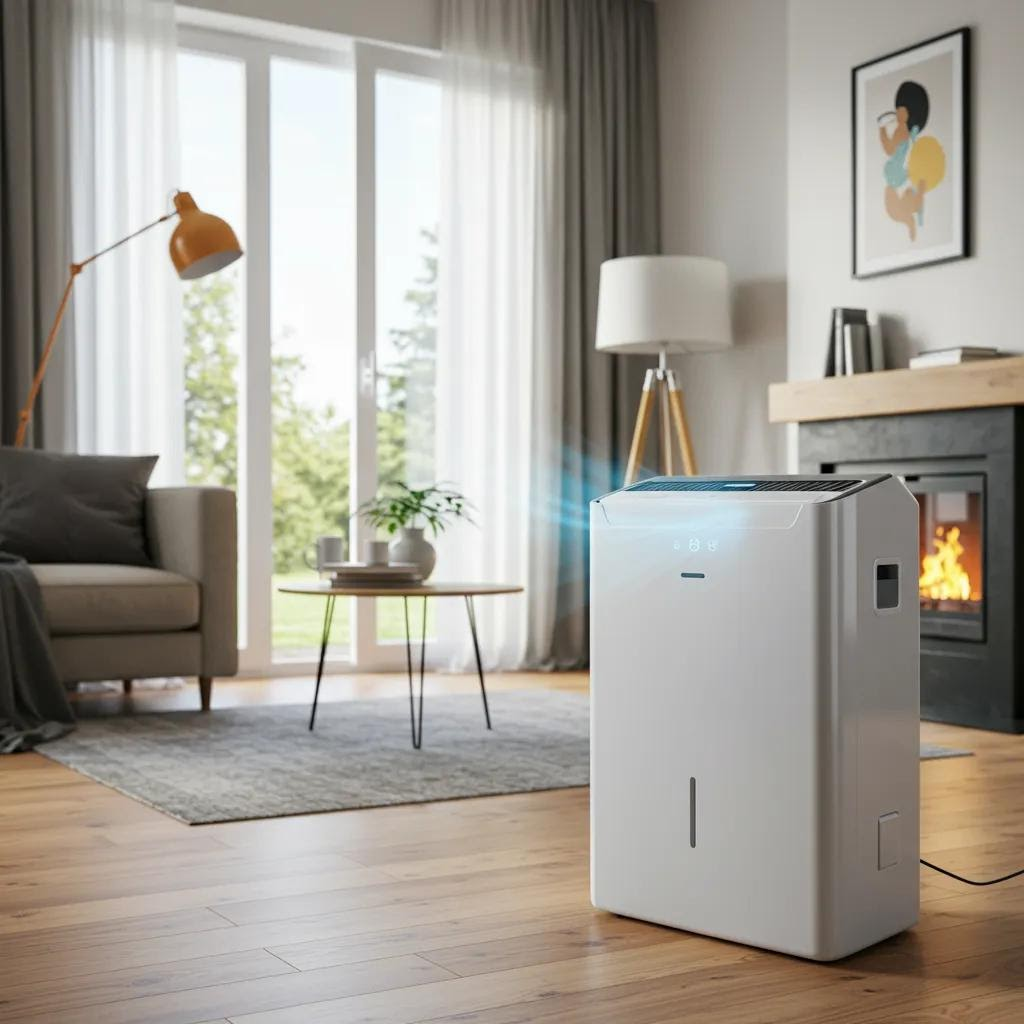
Using portable or whole-home dehumidifiers after your duct cleaning helps control indoor moisture. This is vital for preventing mold growth and keeping your air ducts in good shape.
Maintaining a relative humidity between 30% and 50% is your best defense against microbial growth in your ductwork and helps preserve that fresh-air feeling from your HVAC restoration.
Understanding Mold Growth in High Humidity Environments
Research indicates that indoor relative humidity exceeding 60% creates ideal conditions for mold proliferation.
Effective prevention and control strategies emphasize maintaining indoor humidity levels below this threshold, often achieved through the use of air conditioners and dehumidifiers, alongside regular HVAC system servicing and improved ventilation in moisture-prone areas.
This research directly supports the article's recommendation to use dehumidifiers and maintain indoor humidity between 30-50% to prevent mold growth after air duct cleaning.
6. Ensure Good Ventilation
Proper ventilation is key to continuously refreshing your indoor air, diluting any pollutants, and extending the benefits of your air duct cleaning.
Incorporate these ventilation practices:
- Open your windows for at least 10 minutes each day to let in fresh air.
- Use your kitchen and bathroom exhaust fans while cooking or showering, and for a bit afterward.
- Consider installing an energy-recovery ventilator (ERV) for balanced airflow and energy efficiency.
Boosting airflow through smart ventilation complements dehumidification efforts and keeps your indoor air consistently clean and healthy.
7. Cut Down on VOCs and Odors
Reducing volatile organic compounds (VOCs) and neutralizing odors after duct cleaning involves choosing products with fewer emissions and using air purification methods.
Try these tips for reducing smells and VOCs:
- Use cleaning agents that are VOC-free, biodegradable, and safe for hard surfaces.
- Place activated charcoal or baking soda pouches in closets and cabinets to absorb odors.
- Run an air purifier with a carbon filter in areas where people gather most.
- Always allow for fresh air circulation when using any scented household products.
Minimizing VOCs and lingering smells ensures that your home's atmosphere is as pristine as your newly cleaned ductwork.
Volatile Organic Compounds (VOCs)' Impact on Indoor Air Quality
Volatile organic compounds (VOCs) are emitted as gases from various solids and liquids, with concentrations often found to be up to ten times higher indoors than outdoors. These chemicals, present in numerous household products and building materials, can have short- and long-term adverse health effects.
Strategies to reduce exposure include increasing ventilation when using VOC-emitting products and identifying and removing the sources of these pollutants.
This
EPA guidance reinforces the article's strategies for reducing VOCs and odors, emphasizing the importance of ventilation and selecting low-emission products to improve indoor air quality.
Conclusion
Professional air duct cleaning is the first step toward truly great indoor air.
By adding these seven post-cleaning habits: regular dusting, caring for fabrics, managing filters, cleaning vents, controlling humidity, ensuring ventilation, and reducing VOCs, you'll protect your investment, help your HVAC system perform better, and enjoy that fresh, clean feeling for longer.
For expert air duct cleaning service in Cumming, and comprehensive HVAC restoration and maintenance services in North Georgia and Atlanta, reach out to our certified specialists.
Let's schedule an inspection and help you breathe better air.
